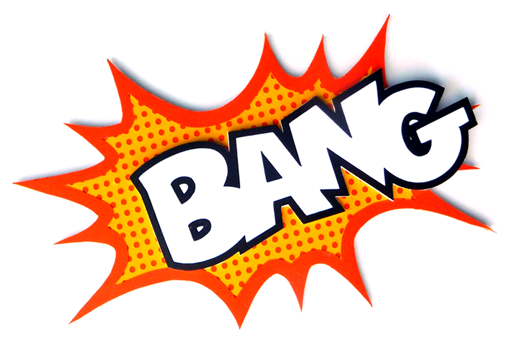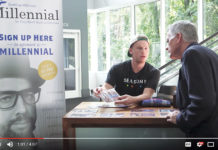By Patrick Palm
Creative agencies used to be measured by the success of their “big-bang” campaigns—the massive TV ad, the major-product reveal, the buzz worthy one-day event. But these campaigns were bound by transience; even the best ones fizzled out fast.
This model doesn’t reflect how today’s consumers actually interact with products and services. Over the past decade, client demand has shifted away from big-bang campaigns and toward marketing efforts that prioritize continuous engagements. But this more continuous model demands a workflow paradigm shift—namely, a departure from placing campaign responsibility on one creative genius and toward a more agile workflow built around collaborative ideation.
Moving away from the genius in the corner office
Traditional project management techniques focused on a small creative team overseeing projects. This approach made sense in the big-bang era of marketing. One person, or a few, would huddle in a room and throw out ideas until one big idea stuck. Then everyone else involved in the campaign would work to bring that vision to life. Because these campaigns had such a short life cycle and narrow focus, there wasn’t a problem with creative ownership being concentrated in this way.
‘This more continuous model demands a workflow paradigm shift…’
But now, creative agencies are abandoning big-bang campaigns in favor of more continuous, integrated efforts—and that’s not something a creative genius can handle. In recent years, creative campaigns have evolved into more complex and team-driven presentations, delivered via trade shows and interactive platforms like Facebook. The “creative in the corner” isn’t functionally suited to handle the paradigm shift, since it’s based on a workflow model that resists change and adaptability.
In the continuous model, nothing is written in stone. If an interactive trade show campaign doesn’t engage attendees on Day One, it must be strategically reconceived before Day Two. Continuous campaigns demand continuous iteration—and that means creative teams need to effectively collaborate on a daily basis. When it comes to accommodating this paradigm shift, many creative agencies will need to abandon their rigid management techniques. That’s where they can turn to Agile.
Agile highly rated among CMOs
Originally designed as a work methodology for software developers, the Agile approach applies to marketing as well. As outlined in the 2012 Agile Marketing Manifesto, the philosophy is built around creating a more adaptive and responsive approach to marketing. And it has proven results: According to a qualitative study of industry CMOs who adopted Agile, 87 percent reported that the shift to Agile bolstered team productivity.
In practice, Agile marketing means fostering a culture of collective ideation—one in which creativity is dispersed across teams, instead of centering around one individual. Building an Agile-inspired culture takes time, but there are three important preliminary steps creative agencies can take to jumpstart the process.
Encourage a culture of fail-fast: The Agile framework is built around embracing failure in order to learn from it. Instead of working to execute perfectly manicured campaigns, creative shops should look to foster an environment that encourages risk-taking across the board. Agencies that learn to use failure as fuel for better ideas are primed for success with Agile.
Map out and visualize your workflow: With Agile, accurately visualizing the work that need to be done is key to maintaining effective teamwork and dispersal of responsibility. Agencies deploying Agile should therefore plan on managing workflows in a much more transparent and adaptable way—one that ensures every point person on a project knows his or her specific responsibilities and how those tasks support the overall goal.
Follow the data: Agile marketing campaigns aren’t driven by a creative genius’ projections; they’re led by data. To truly maximize campaigns, agencies must actively monitor customer engagement with the campaign and make strategic changes as needed.
Within the creative agency space, the shift away from big-bang campaigns and toward continuous marketing efforts necessitates a new approach to work. By implementing Agile principles, firms can lay the foundation for collective ideation, paving the way for them to flourish from the creative genius of a team of marketers.
 Patrick Palm began his career at a leadership instructor in the Swedish Airforce. Since then, he has founded several companies and now is the chair/CEO of the project-management app favro.com.
Patrick Palm began his career at a leadership instructor in the Swedish Airforce. Since then, he has founded several companies and now is the chair/CEO of the project-management app favro.com.














